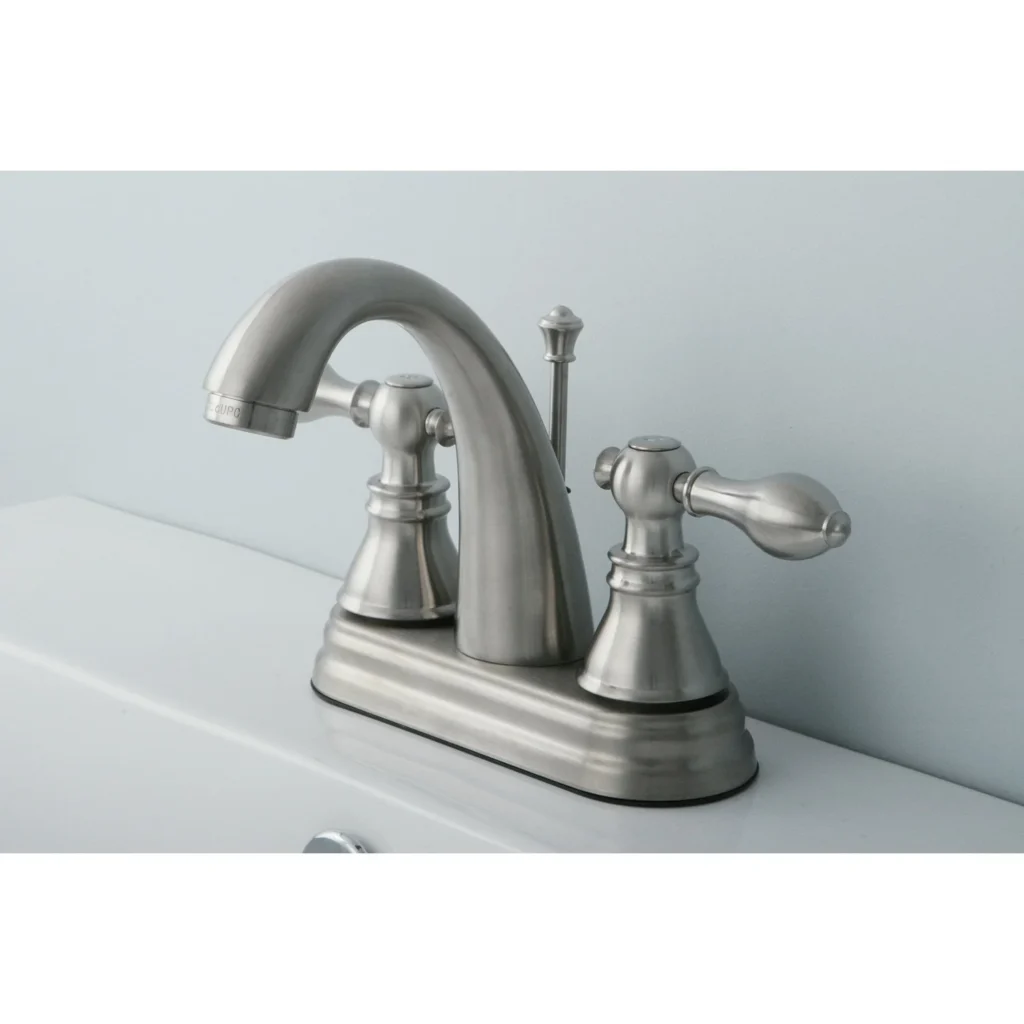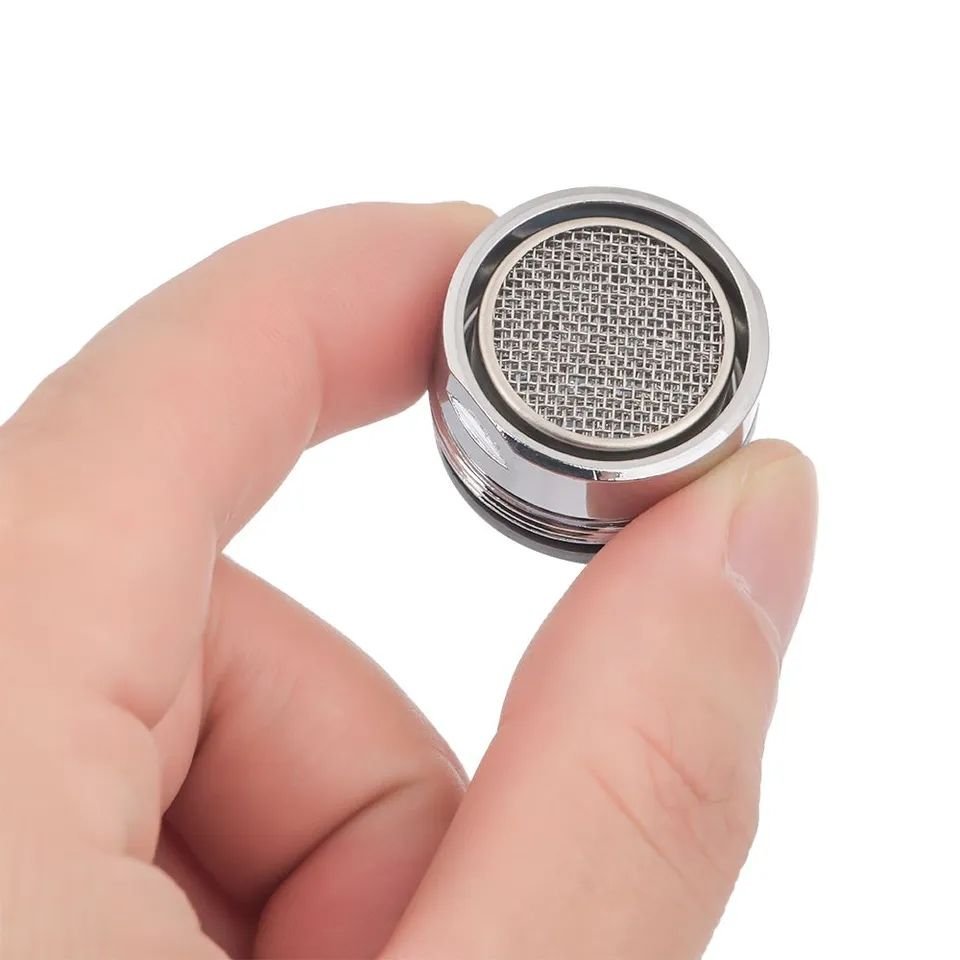In today’s world, where every drop of water counts, understanding faucet aerators is key to saving water and money at home. A faucet aerator is a small device that fits onto the end of your faucet and has a big impact on water conservation. In this article, we’ll explore what faucet aerators are and how they work, highlighting their benefits such as saving water, cutting costs, and helping the environment. We’ll also guide you through different types of aerators, how to install them step-by-step, and essential maintenance tips to ensure they last longer and work efficiently. Whether you’re curious about conserving water or looking to upgrade your home, this guide will help you become a savvy user of faucet aerators.

Table of Contents
What Is a Faucet Aerator?
A faucet aerator is a small device that is attached to the end of a faucet. It mixes air with the water stream, reducing the amount of water that flows out without compromising water pressure. Essentially, it creates a mixture of water and air, resulting in a softer, more efficient flow.
Historically, faucet aerators were developed as a means to reduce splashing and improve the water flow in sinks. Over time, their role has evolved to include significant water-saving benefits, making them a standard feature in modern plumbing fixtures.

How Does a Faucet Aerator Work?
Understanding the working mechanism of a faucet aerator can help appreciate its benefits. A faucet aerator typically consists of a small screen that breaks the water flow into fine droplets, combining them with air. This process involves several key components:
Screen Mesh:
This filters out debris and breaks the water stream into small droplets.
Mixing Chamber:
Air is drawn into the water stream, creating a mixture that flows out of the faucet.
Flow Restrictor:
This controls the volume of water passing through, helping to reduce water usage.
When water flows through the aerator, it is dispersed into multiple small streams, each carrying air bubbles. This not only reduces water consumption but also minimizes splashing and creates a more consistent flow.
Types of Faucet Aerators
There are several types of faucet aerators available, each with unique features designed to suit different needs:
Standard Aerators
These are the most common type, offering basic water and air mixing. They are suitable for most household faucets.
Pros: Affordable, easy to install.
Cons: May not offer advanced features like flow control.
Dual-Thread Aerators
These aerators fit both male and female-threaded faucets, providing versatility in installation.
Pros: Versatile, suitable for various faucet types.
Cons: Slightly more expensive than standard aerators.
Cache (Hidden) Aerators
Cache aerators are designed to fit inside the faucet, creating a seamless look. They are often used in modern, stylish fixtures.
Pros: Aesthetic appeal, hidden from view.
Cons: More difficult to replace or clean.
Installation and Maintenance
Easy Peasy Installation
Installing an aerator is a breeze. Unscrew your existing aerator (if you have one), clean the threads, and screw on the new one. Voilà! You’re now a water-saving superhero.
Regular TLC
Maintaining your aerator ensures optimal performance. Periodically remove it, rinse away mineral deposits, and check for any clogs. It’s like giving your faucet a spa day!
Related Topics
HOW TO REPLACE A FAUCET AERATOR?
HOW TO REMOVE AND CLEAN A FAUCET AERATOR
HOW TO CLEAN A CLOGGED FAUCET AERATOR
Conclusion
Next time you turn on the tap, appreciate the unsung hero—the faucet aerator—working diligently behind the scenes. From water conservation to noise reduction, it’s a small device with a big impact. So, embrace the aerator revolution and enjoy a smoother, more efficient water experience!
FAQs
What is a faucet aerator?
A faucet aerator is a small attachment that screws onto the end of your faucet spout. Its primary function is to modify the water flow, transforming it into a gentle, efficient stream.
How does a faucet aerator work?
A faucet aerator works by infusing water with air as it rushes through countless minuscule holes in the aerator. This process creates a gentle, splash-free stream that conserves water without sacrificing performance.
What are the benefits of using a faucet aerator?
Water conservation: Aerators reduce water consumption by mixing air into the water, helping you save on utility bills.Smooth stream: They transform harsh, uneven water flow into a silky, consistent stream.Splash prevention: Aerators prevent messy splashes and wet countertops by ensuring gentle water flow.Lower water bills: Reduced water usage leads to significant savings on your monthly expenses.
What types of faucet aerators are available?
Standard aerators:
Commonly used with flow rates ranging from 1.0 to 2.2 gallons per minute (GPM).
Water-saving aerators:
Designed for conservation, with flow rates as low as 0.5 GPM.
Swivel aerators:
Provide adjustable water direction, ideal for double sinks or multitasking in the kitchen.
How do you install a faucet aerator?
Installing an aerator is simple:
- Unscrew the existing aerator (if present).
- Clean the threads on the faucet spout.
- Screw on the new aerator.
